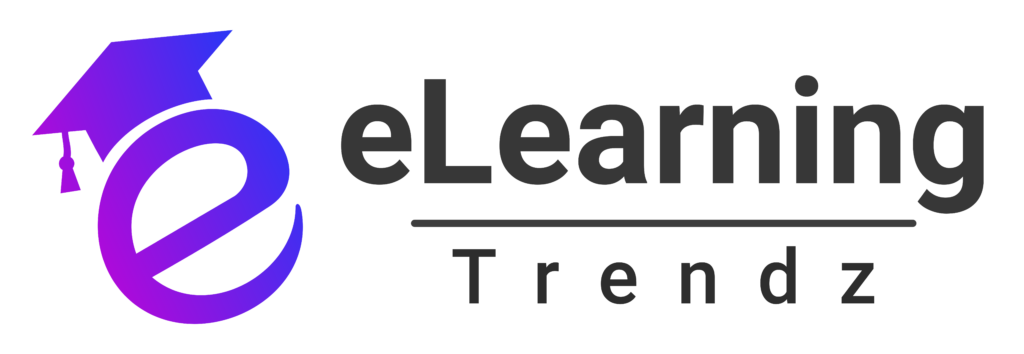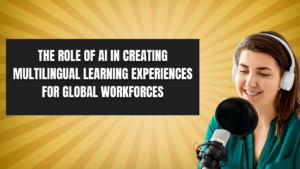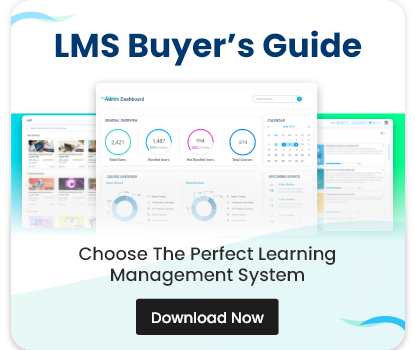Why eLearning Authoring Tools Matter More Than Ever in 2025
As digital transformation continues to shape how organizations train, onboard, and upskill their workforce, the need for powerful and intuitive eLearning authoring tools has never been more critical. In 2025, these tools are at the heart of modern learning strategies—combining automation, accessibility, and interactivity to meet the demands of remote, hybrid, and global learners.
Whether you’re a corporate L&D leader, instructional designer, HR professional, or educator, choosing the right eLearning authoring tool can dramatically impact learning outcomes, engagement, and scalability.
In this detailed guide, we’ll explore the top eLearning authoring tools of 2025, compare their strengths and weaknesses, and help you identify the best fit for your organization. We’ll also answer the most searched questions about these tools to help you rank higher in Google’s AI Overview and People Also Ask (PAA) section.
What Are eLearning Authoring Tools?
eLearning authoring tools are platforms that enable the creation of digital learning content such as courses, quizzes, simulations, videos, and interactive modules. These tools are designed to export content in formats like SCORM, xAPI, AICC, or HTML5 so they can be deployed via Learning Management Systems (LMS) or used independently.
Key Features of Modern eLearning Authoring Tools
Before we jump into the comparative review, let’s take a quick look at the essential features you should expect from the best eLearning authoring tools today:
- AI-powered content generation
- Drag-and-drop interfaces
- SCORM, xAPI, LTI, and AICC compliance
- Multimedia support (video, audio, animations)
- Responsive design for mobile learning
- Multilingual and text-to-speech capabilities
- Collaboration and version control features
- Accessibility and WCAG compliance
- Built-in assessment and analytics tools
Top eLearning Authoring Tools of 2025: A Side-by-Side Review
Let’s explore the top eLearning authoring tools of 2025, based on usability, innovation, scalability, and pricing.
1. Cognispark AI
Overview: A next-gen AI-powered tool that creates SCORM courses from PDFs, docs, or text prompts in minutes.
Strengths:
- AI-driven course creation
- Voiceover in 50+ languages
- Exports to SCORM, xAPI, and HTML5
- Built-in collaboration and feedback tools
Limitations:
- Less control over design customization
Best for: Rapid compliance training, multilingual L&D, global organizations
2. Articulate 360 (Storyline & Rise)
Overview: Articulate continues to dominate the eLearning space with a blend of powerful customization (Storyline) and modern simplicity (Rise 360).
Strengths:
- User-friendly templates in Rise
- Complex interactivity via Storyline
- SCORM/xAPI support
- Vast community and resources
Limitations:
- Storyline has a learning curve
- Desktop-based for advanced features
Best for: Instructional designers, corporate L&D teams
3. Adobe Captivate
Overview: Known for its advanced features, Captivate is ideal for building software simulations, branching scenarios, and immersive courses.
Strengths:
- VR/AR support
- Responsive design
- Deep customization
Limitations:
- Steeper learning curve
- Slower updates
Best for: Technical and compliance training, simulations
4. iSpring Suite Max
Overview: A PowerPoint-based tool that transforms static slides into interactive SCORM courses.
Strengths:
- Simple UI (PowerPoint integration)
- Interactive quizzes, dialogues, and simulations
- Fast publishing to SCORM, xAPI, and HTML5
Limitations:
- Limited design flexibility
Best for: SMEs and educators transitioning to eLearning
5. Elucidat
Overview: Built for large-scale, brand-controlled learning with global reach and team collaboration.
Strengths:
- Scalable cloud authoring
- Localized content management
- Role-based authoring permissions
Limitations:
- Higher price point
Best for: Global enterprises and L&D teams with multi-author workflows
6. Easygenerator
Overview: A simple, cloud-based tool designed for quick content creation without technical know-how.
Strengths:
- Drag-and-drop editor
- Team collaboration features
- In-app review workflow
Limitations:
- Limited in-depth interactivity
Best for: SMEs, startups, agile teams
7. Lectora by eLearning Brothers
Overview: Known for accessibility compliance and powerful scripting capabilities. .
Strengths:
- WCAG-compliant content
- Custom scripting for advanced users
Limitations:
- Less intuitive UI
Best for: Government, healthcare, and compliance-focused training
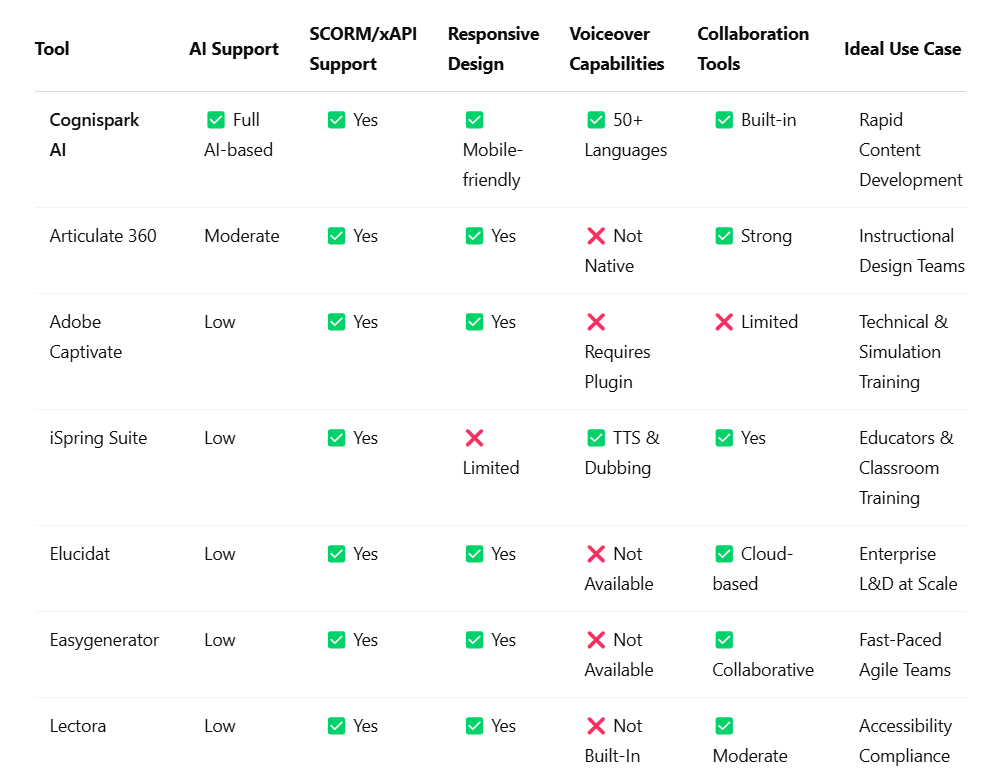
Top Trends in eLearning Authoring Tools for 2025
- AI-driven content and quiz generation
- Multilingual voice synthesis
- Mobile-first, responsive design
- Microlearning support
- Real-time team collaboration
- Built-in learner analytics
- Accessibility and inclusive design standards
These trends are helping teams build smarter, scalable learning experiences faster than ever before.
How to Choose the Right eLearning Authoring Tool for Your Organization
Here’s a quick checklist to help you make the right choice:
- Do you need AI for speed and automation?
- Will your content be accessed on mobile?
- Do you need SCORM/xAPI export?
- How many team members will collaborate?
- Are you delivering global or multilingual training?
- Is accessibility a must for your learners?
- What’s your budget?
If you answered yes to 4 or more of these, AI-powered or cloud-first tools like Cognispark AI, Rise 360, or Elucidat might be the best fit.
FAQs – eLearning Authoring Tools
What are eLearning authoring tools used for?
What is the best eLearning authoring tool in 2025?
It depends on your needs. Articulate and iSpring are great for instructional designers; AI tools like Cognispark are ideal for rapid, scalable content.
Do eLearning authoring tools support SCORM?
Are there free eLearning authoring tools available?
Yes. Adapt Learning is a free, open-source option, though it requires some technical knowledge.
What is the easiest eLearning authoring tool to use?
Final Thoughts
Choosing the right eLearning authoring tools in 2025 is a strategic decision. It affects everything from content quality and learner engagement to scalability and compliance. As AI, microlearning, and multilingual content become standard, the tools you use must evolve, too.
Whether you’re a solo instructional designer or a global L&D team, there’s a tool built for your workflow. The smartest move? Test a few through free trials and see which platform meets your goals for speed, quality, and learner experience.
